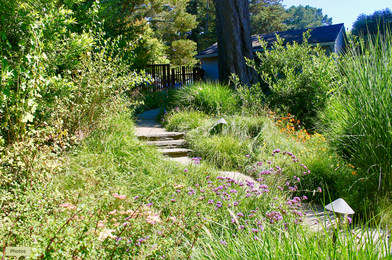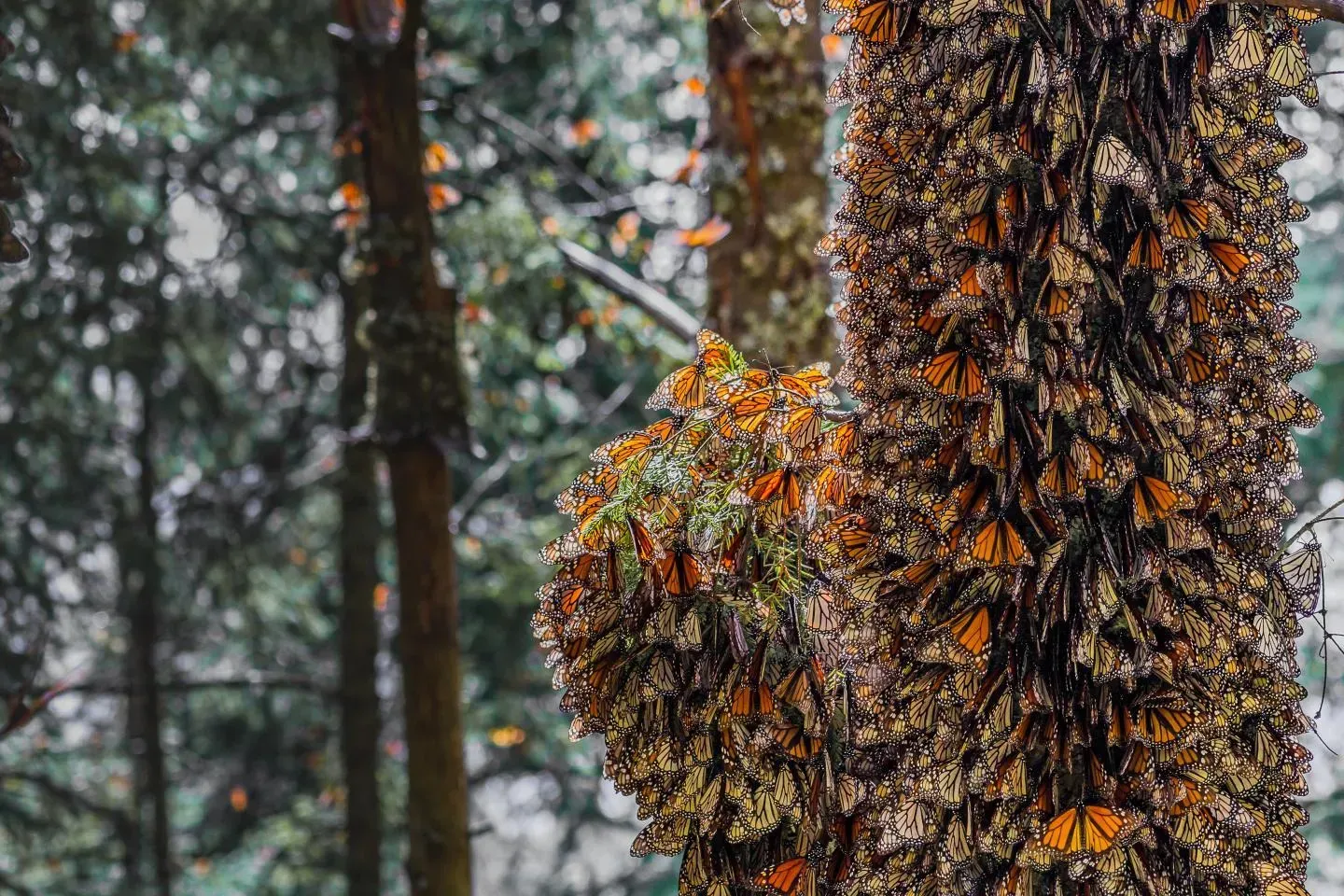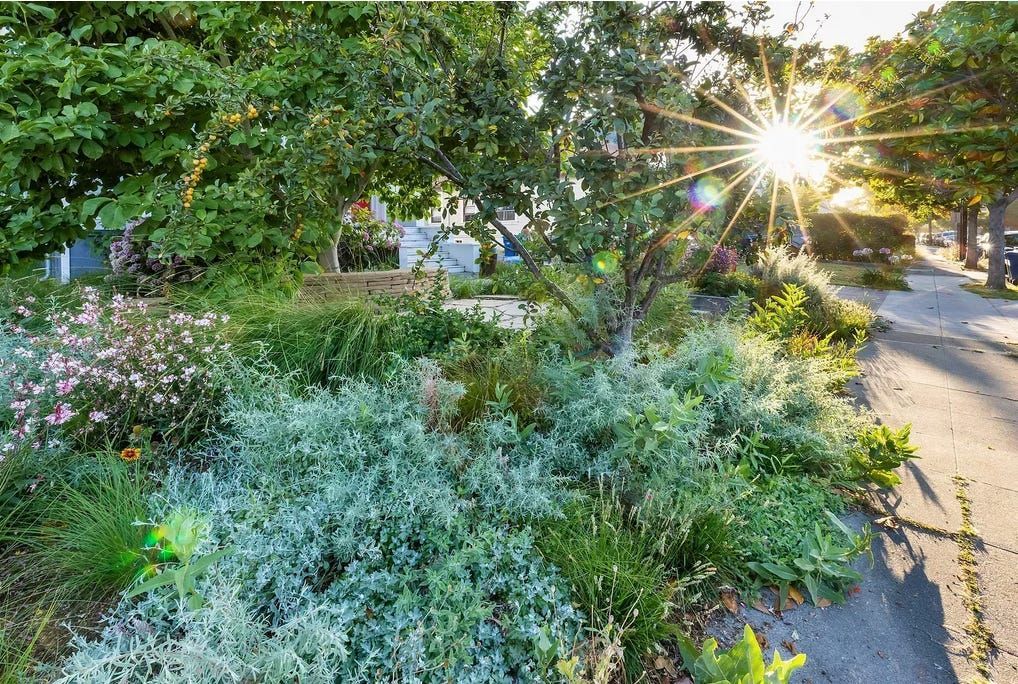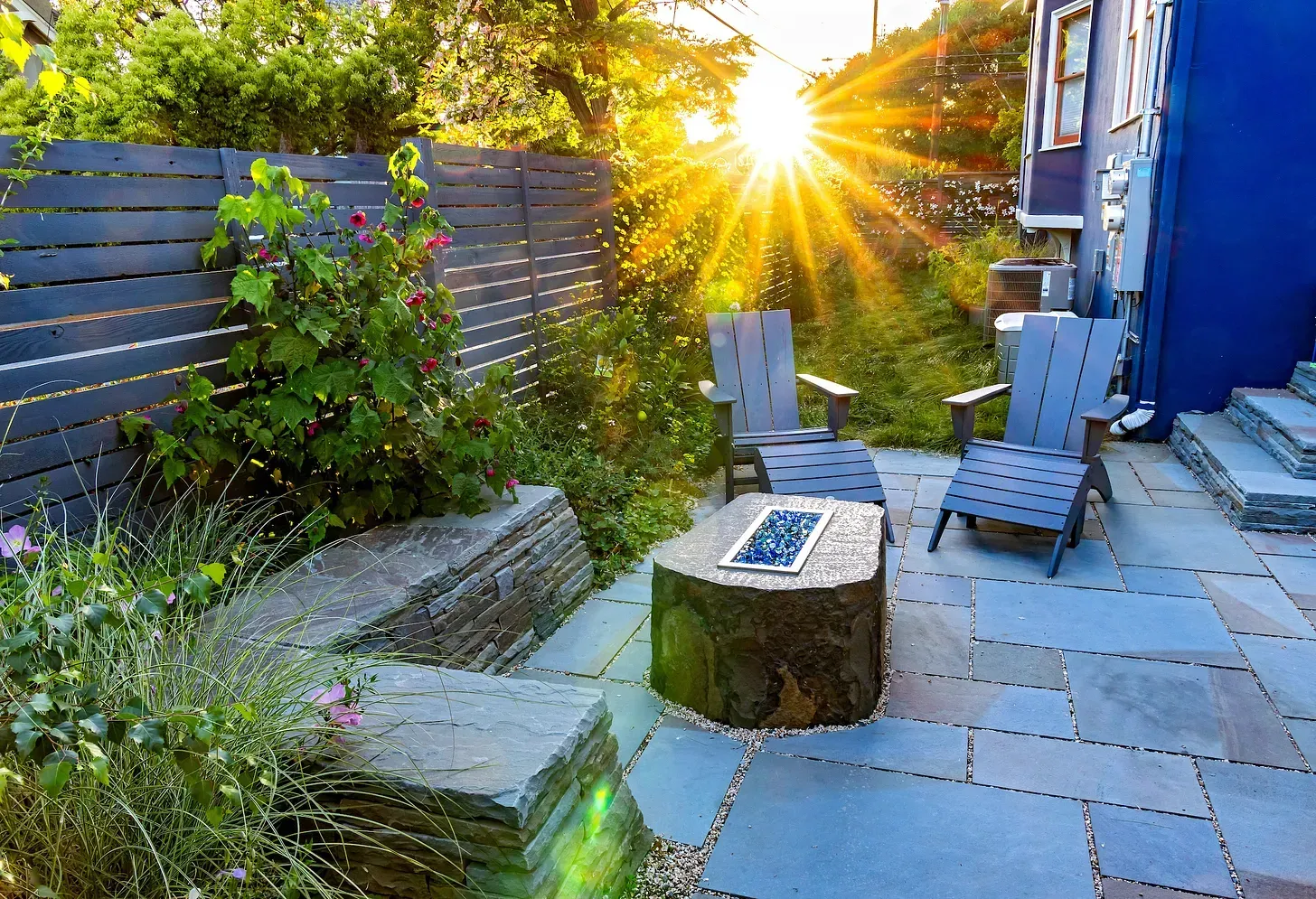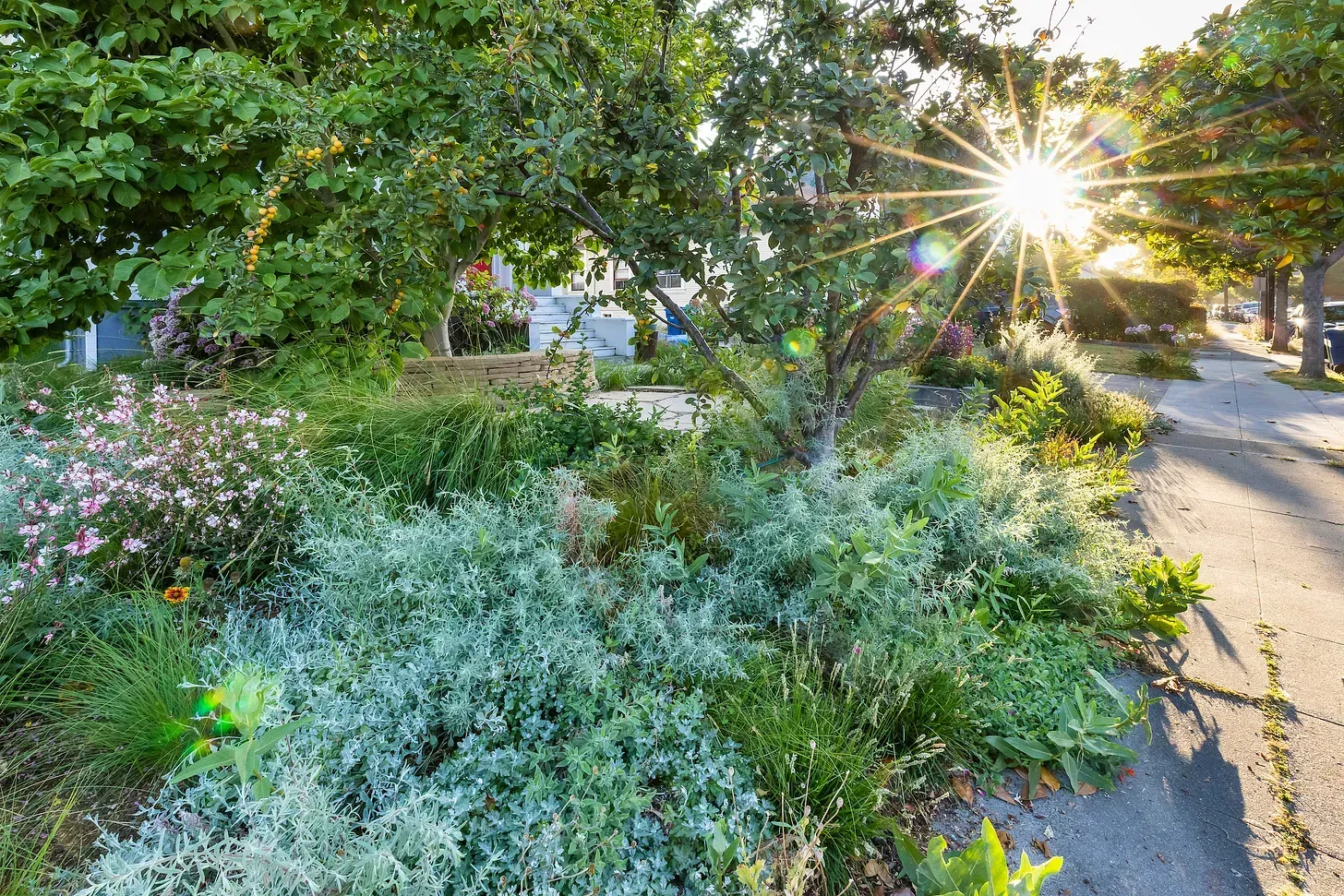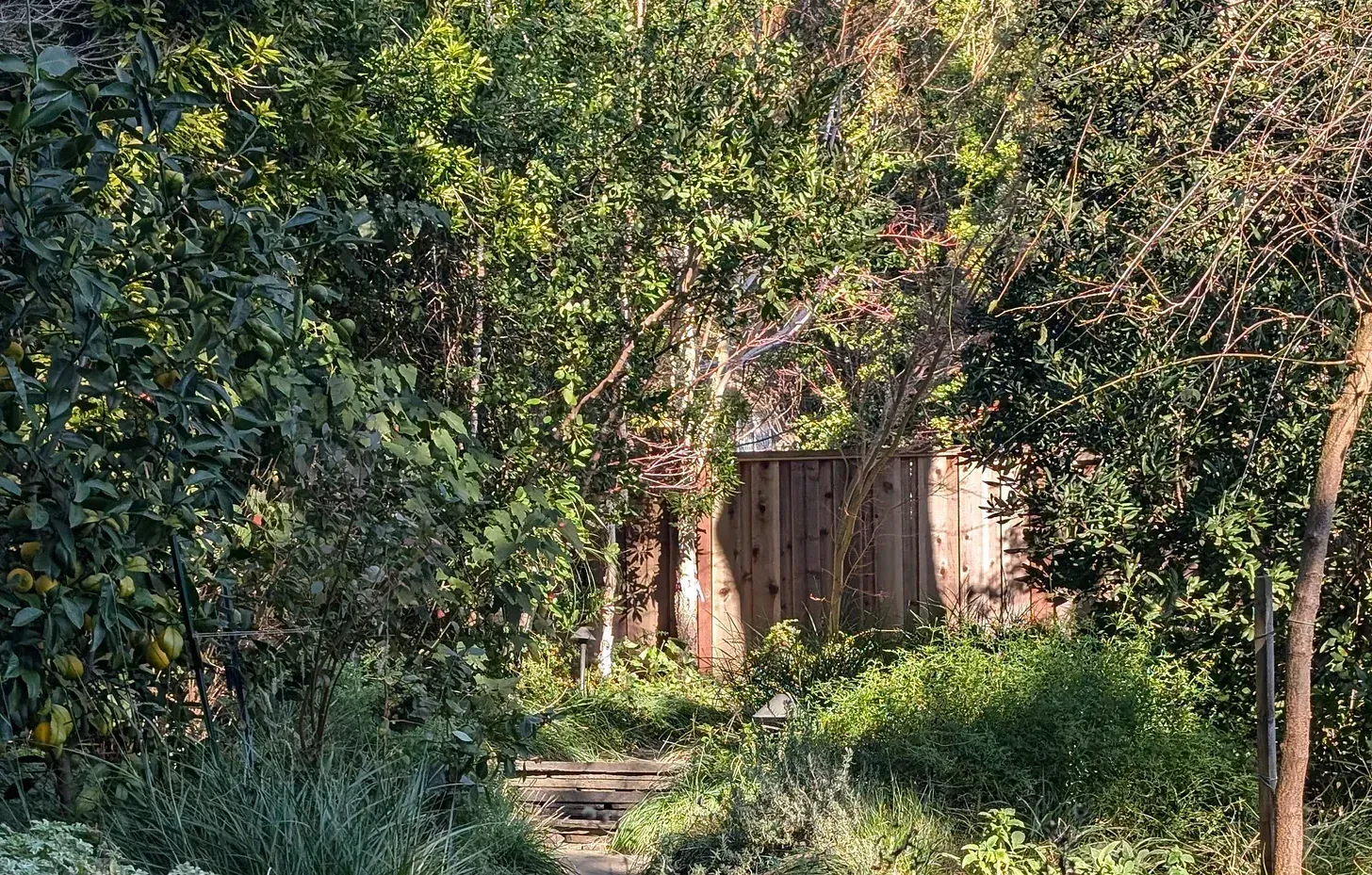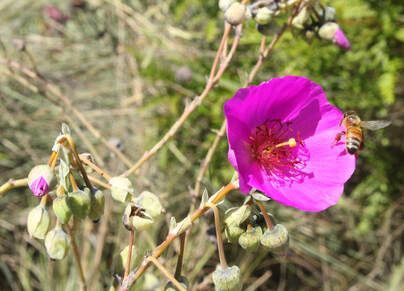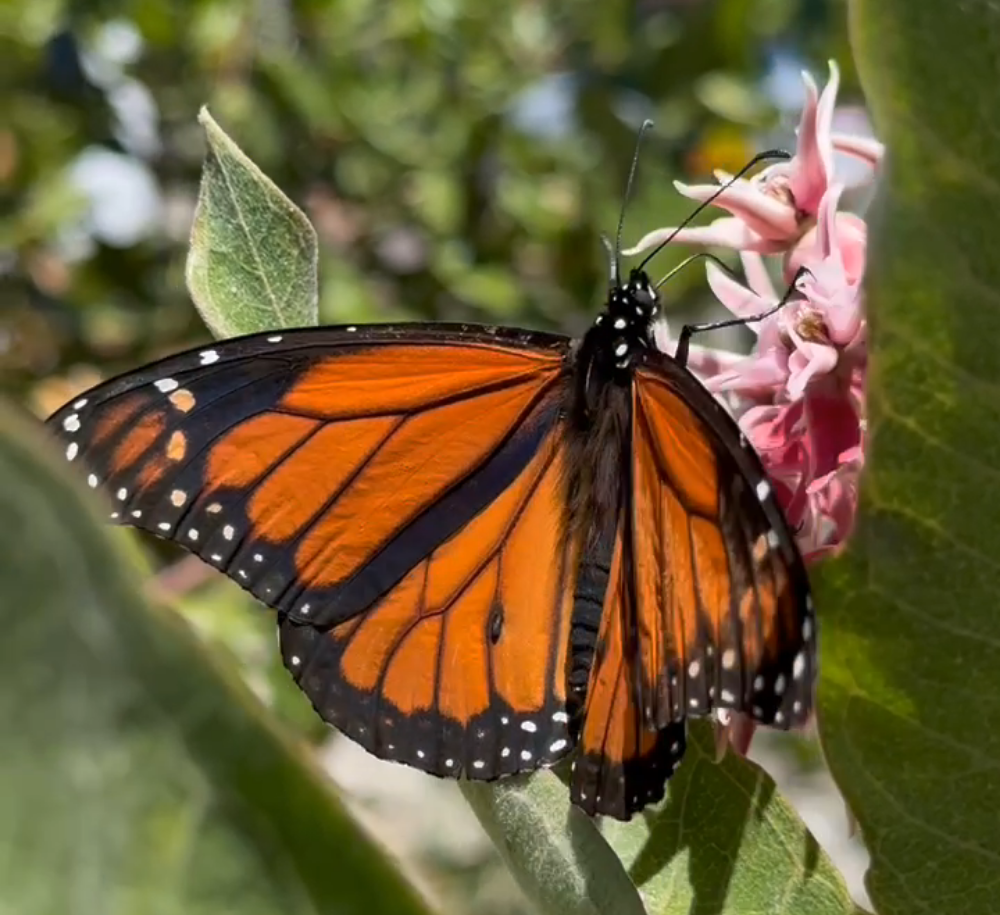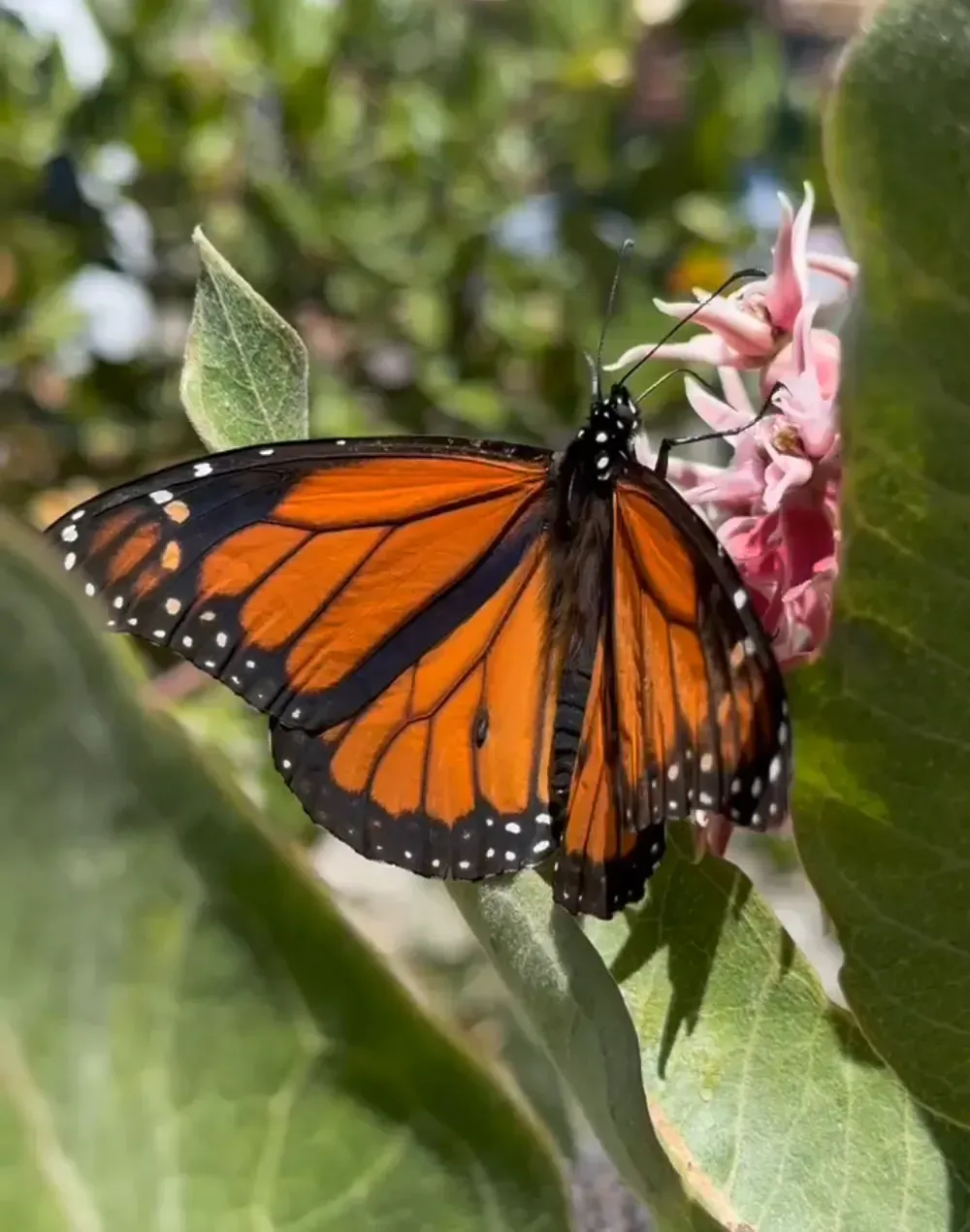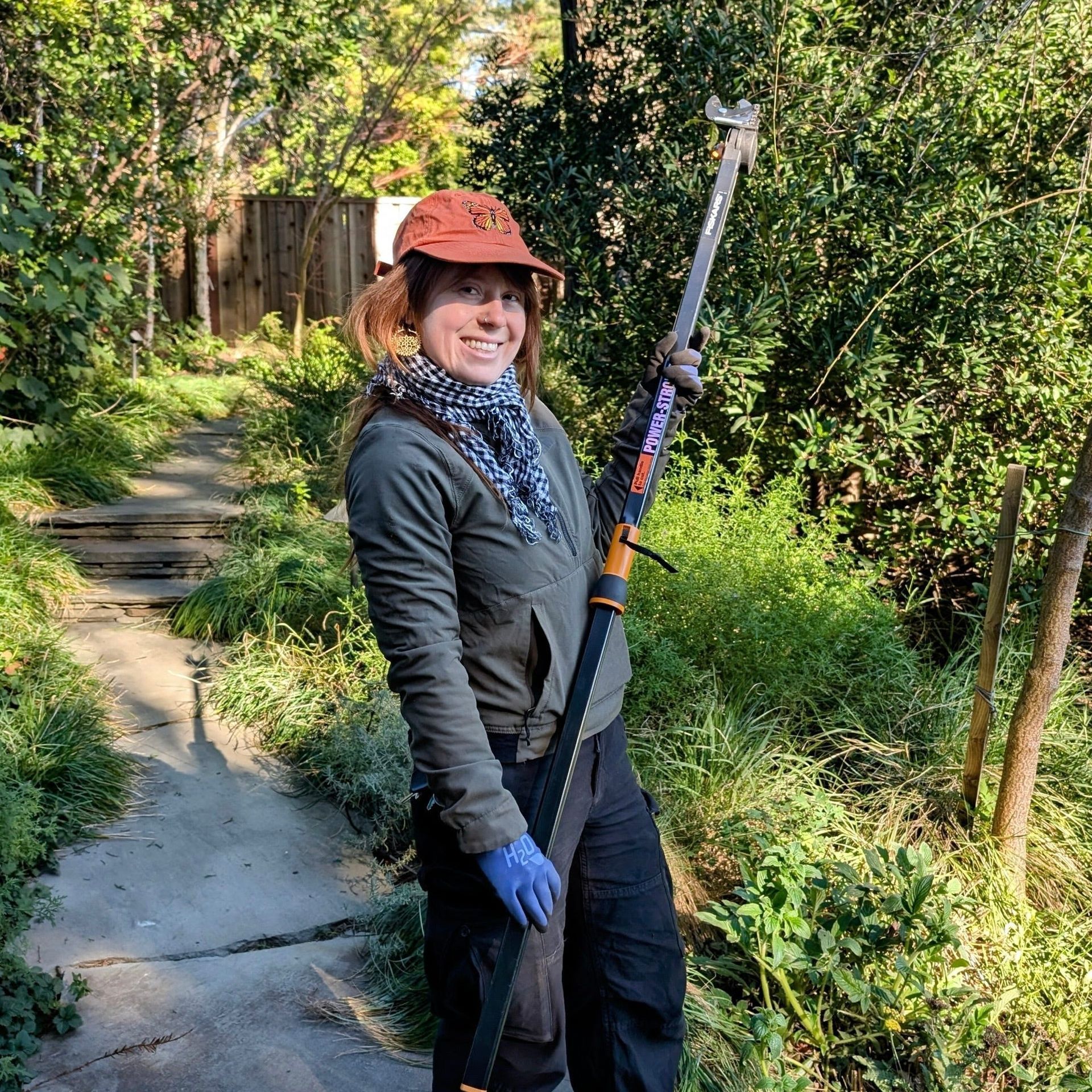The Mariposa Method: An Introduction
At Mariposa Gardening & Design Cooperative, our philosophy of garden design, creation, and maintenance is based on what we call the Mariposa Method. When we think of gardens at Mariposa, we think of dynamic ecological systems that encourage life on the planet, both above and below the soil. We take our design cues from nature, following her patterns, her rhythms and aesthetic and blending that with our human desire for order. This sweet spot, between the chaos of life and the order of the mind, is where our designs flourish and grow.
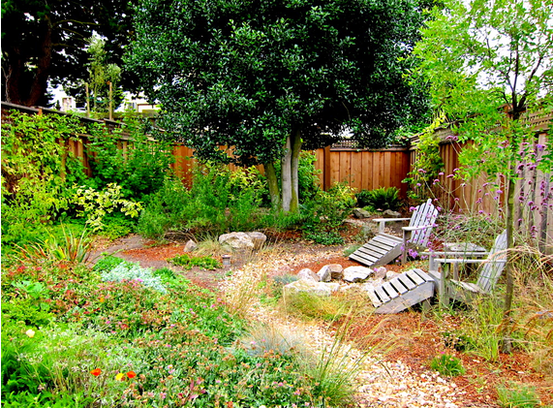
For example: all gardeners know that gardens need water to look good. However, the past several years of on again and off again drought in California have encouraged, even required, cutting back on the amount of water we use in our gardens. Many cities and counties have incentive-based programs to encourage homeowners to water less. Those of us in the landscaping field here are all too aware that we may soon be facing water restrictions. As a result, many gardeners are coming up with ways to cut back on watering. However, even in drought, we still need to irrigate our gardens. Gardens contribute to the cooling of the planet, and the transpiration of plants produces clouds. (A new study shows that “...lack of water vapor in the atmosphere has caused a global decline in plant growth over the past two decades, resulting in a 59 per cent decline in vegetated areas worldwide.”) In addition, more plants create cleaner air, and reduce the amount of toxic carbon in the air Plants that are the most beneficial to our environment because they provide food or shelter or both to our native pollinators, need water to survive. Limiting our plant choices, creating arid gardens, and taking away the elements that create life in the garden are not good ways to improve the health of the environment, or of ourselves.
Our approach is different. The key to building a really beautiful garden that conserves water, and does not require the addition of chemical fertilizers, pesticides or herbicides is in using an ecosystems approach to design. In other words, the Mariposa Method does not work with single-focus simplistic solutions such as using drought tolerant plants; instead we look at how we plant and what we plant with an eye toward creating a thriving garden ecosystem. We consider whether the plants we choose provide food or shelter for pollinators, and how they co-exist with other plants to increase the diversity of flora and fauna in your garden. The overall design and planting plan support the larger cycles and systems of nature - especially the water cycle, the nitrogen cycle and the carbon cycle.
When each element in a garden ecosystem is working with all the other elements, complex associations begin to form. The garden becomes healthier and more able to resist pest and disease problems. The soil teems with life and provides nutrients and healthy interconnections between plants and plant roots, so less water is needed to keep plants healthy and resilient to pests and diseases.
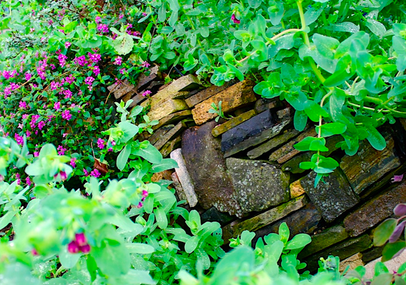
We focus on following the natural forms and rhythms of nature, designing with an eye toward creating both beauty and ecological diversity. This framework that allows us to bring together all of the separate factors that go into creating a garden and weave them together into a garden that will thrive in our area and provide habitat value to the birds, bees, and butterflies who live among us. That way, when the garden is finished and we are relaxing with our friends and family outside, we can feel more connected to the natural world around us.
